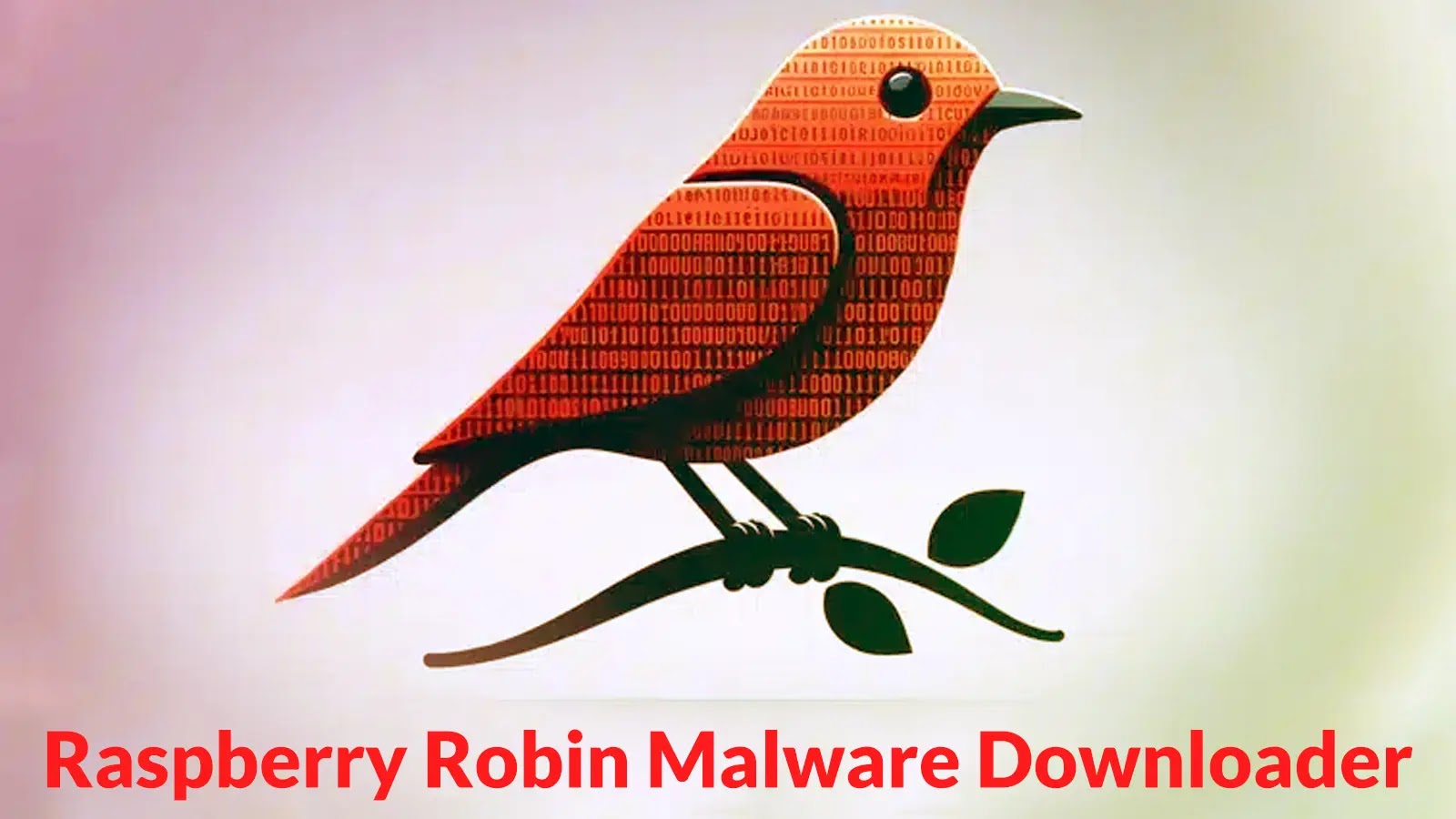
Raspberry Robin Malware Downloader Attacking Windows Systems With New Exploit for Common Log File System Driver Vulnerability
Raspberry Robin’s Persistent Evolution: Exploiting Windows Vulnerabilities
The cybersecurity landscape faces a persistent and evolving threat as Raspberry Robin, a sophisticated malware downloader also known as Roshtyak, continues its campaign against Windows systems. First identified in 2021, this resilient malware has demonstrated remarkable adaptability, largely targeting enterprise environments through infected removable storage devices. Its latest iteration incorporates enhanced capabilities and evasion techniques, now leveraging a new exploit for a common Windows log file system driver vulnerability.
Raspberry Robin: A Persistent Threat Profile
Raspberry Robin’s operational methodology centers on propagation via infected USB drives. Once it infiltrates a system, it establishes persistence and retrieves additional malicious payloads. Its initial detection highlighted its ability to bypass certain security measures, making it a particularly insidious threat for organizations whose employees frequently use removable media.
Key characteristics of Raspberry Robin include:
- USB Propagation: Its primary infection vector remains the auto-run feature of infected USB devices.
- Stealth and Evasion: The malware employs various techniques to evade detection by antivirus software and security tools.
- Payload Delivery: Acting as a downloader, Raspberry Robin’s ultimate goal is to fetch and execute secondary malicious payloads, often leading to ransomware deployment or significant data exfiltration.
- Enterprise Focus: While capable of affecting any Windows system, its historical targeting indicates a strong focus on corporate networks.
The New Exploit: Common Log File System (CLFS) Driver Vulnerability
The updated Raspberry Robin variant distinguishes itself by exploiting a previously unpatched or recently disclosed vulnerability within the Windows Common Log File System (CLFS) driver. This type of vulnerability typically allows for privilege escalation, enabling the malware to gain elevated access to system resources and bypass security controls. While the precise CVE for this new exploit needs to be officially confirmed, vulnerabilities in CLFS often reside in the kernel, making them highly critical. Organizations should remain vigilant for official Microsoft advisories regarding CLFS-related vulnerabilities, such as CVE-2023-28252, which was a critical CLFS vulnerability demonstrating the severity of such flaws.
Exploiting kernel-level vulnerabilities like those in CLFS grants attackers a significant advantage, often leading to:
- System Compromise: Full control over the affected system.
- Persistence: Deeper entrenchment within the operating system, making removal challenging.
- Bypassing Security: Circumventing endpoint detection and response (EDR) solutions and other security mechanisms.
Remediation Actions and Proactive Defense
Given Raspberry Robin’s evolving capabilities and its exploitation of critical Windows vulnerabilities, a multi-layered defense strategy is essential for IT professionals and security analysts.
- Patch Management: Prioritize and immediately apply all security updates and patches, especially those addressing kernel-level vulnerabilities like those in the CLFS driver. Regularly check for new Microsoft Security Bulletins.
- Disable Autorun: Configure Group Policy to disable the Autorun feature for all removable media across the enterprise. This significantly reduces the primary infection vector for Raspberry Robin.
- Endpoint Detection and Response (EDR): Deploy and actively monitor EDR solutions capable of detecting abnormal process execution, privilege escalation attempts, and suspicious network connections.
- Network Segmentation: Implement robust network segmentation to limit the lateral movement of malware if an infection occurs.
- User Education: Conduct regular cybersecurity awareness training for employees, emphasizing the dangers of inserting unknown USB drives into company computers and the importance of reporting suspicious activity.
- Least Privilege Principle: Enforce the principle of least privilege for all users and applications to minimize the impact of a successful compromise.
- Hardware-level Security: Utilize features like Secure Boot and UEFI firmware protection where available.
- Regular Backups: Maintain comprehensive and tested backups of critical data, isolated from the network to facilitate recovery in the event of a ransomware attack.
Tools for Detection and Mitigation
Effective defense against sophisticated malware like Raspberry Robin requires a combination of robust security tools and vigilant monitoring.
| Tool Name | Purpose | Link |
|---|---|---|
| Microsoft Defender for Endpoint | Comprehensive EDR, next-gen AV, and vulnerability management. | Microsoft Official Site |
| Sysmon | Detailed logging of system activity for forensic analysis and threat hunting. | Microsoft Docs |
| Vulnerability Scanners (e.g., Nessus, Qualys) | Identifying unpatched vulnerabilities across the network. | Tenable Nessus |
| USB Device Control Solutions | Managing and restricting USB device usage and capabilities. | Various Vendors (e.g., Ivanti, CoSoSys) |
Key Takeaways for Cybersecurity Professionals
Raspberry Robin’s continued evolution, particularly its adoption of new exploit techniques targeting fundamental Windows components like the CLFS driver, underscores the dynamic nature of cyber threats. Organizations must move beyond basic security practices and adopt a proactive, adaptive security posture. Regular patching, robust endpoint protection, comprehensive user education, and continuous threat intelligence monitoring are not merely best practices; they are critical necessities in safeguarding Windows environments against advanced persistent threats like Raspberry Robin.





